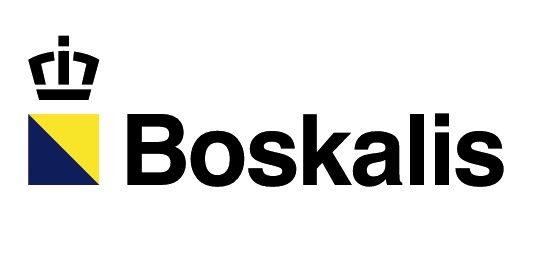Assuring technical competence
Enabling a safe, competent and transferable workforce
Through industry-recognised, standardised testing, Connected Competence assures an ongoing base level of technical competence for workers to create a safer, technically competent and transferable workforce.
 Start here
Start here
 Start here
Start here
 Start here
Start here
Developed by some of the UK’s largest contracting organisations
Connected Competence is an industry-driven programme that is supported and enabled by the Engineering Construction Industry Training Board (ECITB). Developed with some of the UK’s largest contracting companies, each one has committed to working together to use standardised training and testing based on the ECITB’s technical tests. The result? A safer, more competent workforce.




Standardising engineering skill sets
Basic technical competence should be a given. However, across the Engineering Construction sectors there has been little consistency in a standardised approach to enable this skills transfer, also supported by a testing infrastructure which confirms current and relevant technical competence – until now.
Technical Tests include knowledge questions applicable to specific test activity before a practical exercise is undertaken. These tests are conducted at an ECITB test centre, which are spread out across the UK. Once successfully completed, Connected Competence is valid for 3–4 years, depending on the specialist trade. At the end of this period, the test is renewed by workers refreshing their technical competence. There is no increase in difficulty – reward is the ongoing achievement of standardised and continuous base technical competence aligned to National Occupational Standards.




Engineering a transferable future
Connected Competence aims to recognise the generic skills transfer across all sectors of the Engineering Construction Industry including Oil & Gas and renewable energies which will support a resilient, transferable workforce and aid the energy transition.
Workers will also manage their own competence, ensuring recognition of their competence achievements move with them, be it when they change jobs within a sector, or transfer to another one. The benefits for workers? Having transferable ownership of their own attainments without risk of them being withheld by employers. And for employers and stakeholders? Reduced time chasing certificates, no duplication of training courses, lower overall costs, and a standardised, technically competent – and, above all, safe – workforce.
















